Oleander Pests and Diseases: How to Identify and Treat Them
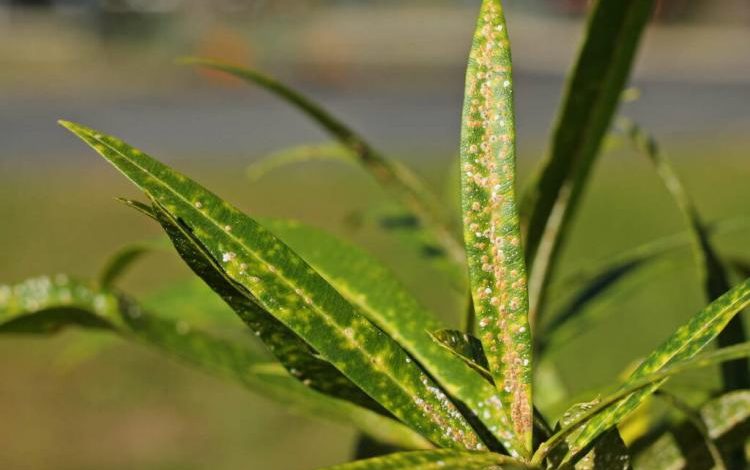
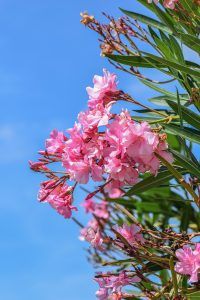 Everything happened as it should: you planted your oleander, it grew, it bloomed, and suddenly everything turned into chaos and that beautiful plant that you had before now pales.
Everything happened as it should: you planted your oleander, it grew, it bloomed, and suddenly everything turned into chaos and that beautiful plant that you had before now pales.
It is probably due to some pest or disease, since although they are very resistant, it is possible that the conditions become favorable for this situation.
And then, what is the action that needs to be taken to get everything back to normal? Easy. First find out what the disease is, review its symptoms and then proceed to apply the corresponding treatment.
We will talk to you about it. Will you join us?
aphids
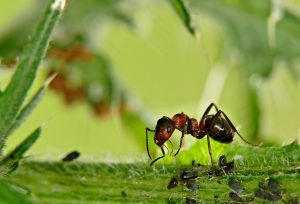 Is there anything more annoying than the presence of aphids in the garden?
Is there anything more annoying than the presence of aphids in the garden?
These tiny aphids have the bad property of basing their food on the sap that gives life to your plants, including oleanders.
As a consequence, the plant begins to weaken and this could impair its ability to flourish as you surely want.
Treatment is varied. You can start by leaving some ladybugs in its structure, as they are natural predators of aphids. If you need something more decisive for the number of aphids present, use an organic insecticide made from vinegar with water.
With an atomizer, spray the plant in the parts where you notice that they are more accumulated and in a few days you will see improvements.
Mealybugs
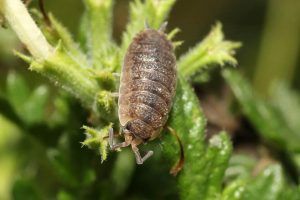 Another of the negative stars of the gardens that not only affect the consumption of sap, but also because their wounds can be a gateway for diseases.
Another of the negative stars of the gardens that not only affect the consumption of sap, but also because their wounds can be a gateway for diseases.
Mealybugs often create a cottony (white) coating on the surface of the oleander, which will make it easier for you to tell if it is them or not.
Other types of mealybugs can create a series of brownish bumps on the stems. They are possible to combat thanks to the mixture of potassium soap with neem oil that you will spray over the entire surface or apply with the help of a cotton ball.
If the mealybug attack is small and well localized, you can clean the plant only with cotton with potassium soap and water.
fusarium
 One of the most complicated diseases to treat because it attacks the roots and their ability to breathe and carry nutrients to the rest of the structure.
One of the most complicated diseases to treat because it attacks the roots and their ability to breathe and carry nutrients to the rest of the structure.
However, it is preventable taking into account the planting recommendations that exist for oleanders.
These include that they be planted in soil that is aerated and capable of draining water well. Also, make sure it is somewhat acidic.
The easiest way for this fungus to appear is due to the accumulation of excessive water at the base of the plant, so the action is more preventive than corrective.
Necrosis
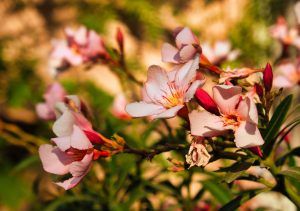 The most common space where it usually appears in the first instance is in the buttons, which are born and instead of developing normally, they fall off.
The most common space where it usually appears in the first instance is in the buttons, which are born and instead of developing normally, they fall off.
This leads to the fact that, little by little, the entire plant becomes filled with necrosis and ends up dying.
It is necessary to act in time by carrying out localized pruning in the spaces where the problem has been seen.
And then work on improving environmental conditions to prevent it from reappearing. Normally necrosis is generated by purpose of high humidity.
gray mold
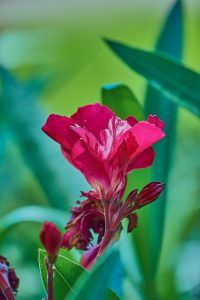 It is a characteristic disease in larger oleanders and occurs around the flowers.
It is a characteristic disease in larger oleanders and occurs around the flowers.
One of the conditions for its appearance is related to the fact of not removing the flowers that have dried from the plant, since it is not capable of throwing them away by itself.
Then, these dead flowers are covered with mold that gives rise to gray mold and that is capable of attacking the healthy shoots that the structure has.
In this way, you can see the flowering capacity of your oleander severely diminished, since it only attacks them. An important fact is that it is a disease that usually appears during the summer, when the thermometers are high and the humidity is high.
To combat, pruning is the first action to take and the faster you act, the less plant surface it will take.
It can also be treated with fungicides, but taking care of the time of application to prevent pollinators from being affected by them.
red spiders
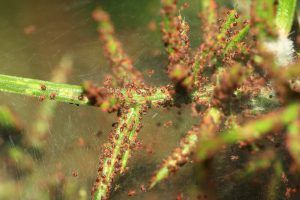
In the first instance, they are pests that are difficult to detect because they live on the back of the leaves. That is why it is worth checking them with some frequency.
They usually feed on the sap of plants and the wounds they generate help to lodge fungi, bacteria or disease-producing viruses.
They can be prevented by helping to increase the humidity of the plant, since they prefer hot and dry environments. If detected early, they can be easily combated by washing the plant with potassium soap.
If they are already beginning to be seen easily on the front of the leaves, they have probably already expanded too much and treatment is becoming complex. If so, the use of a stronger insecticide will be necessary to help control and progressively eliminate the attack.
Missing blooms or buds falling off
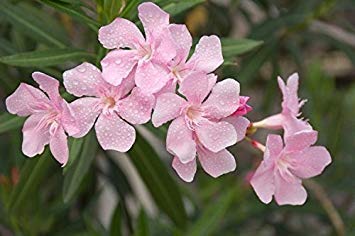 Although it is not a disease as such, this is a condition that causes great concern in oleanders due to the discomfort caused by the loss of flowering.
Although it is not a disease as such, this is a condition that causes great concern in oleanders due to the discomfort caused by the loss of flowering.
However, it is a problem that is usually associated with a lack of hydration, because although the oleander is drought tolerant, the lack of irrigation affects its production.
The corrective process is simple and will consist of establishing an irrigation schedule that is appropriate for it. Thus, in a few days, it will return to normal.
Oleanders are generally very resistant, but an attack of any pest or disease that is not treated in time could turn deadly.
The best alternative to this is to carry out a frequent review of the entire structure (including the underside of the leaves) to show if something is wrong. And if everything looks 10, let’s wait for it to complete its cycle to see those beautiful blooms.
Bibliographic references
- Detection of Phoma exigua var. heteromorpha in oleander (Nerium oleander L.) nurseries in Spain, LA Álvarez, J Armengol, A Perez-Sierra… –…. Saint. Veg. Pests, 2005 – miteco.gob.es
- Biological control of Tetranychus urticae in oleander (Nerium oleander) nursery cultivation, C Rivera, J Ferrer, D Lemanczyk, A Roman … – VI Ibéricas Conference…, 2014 – mail.sech.info
- Notes on the cultivation of medicinal plants in Cuba. II.Nerium oleander L. (Oleander), L Acosta, M Granda – sidalc.net
- Urban Ecology: Toxic ornamental plants of Mendoza and San Juan, EE Martinez Carretero, MB Martínez Ríos – 2019 – ri.conicet.gov.ar
Maybe you are also interested in:

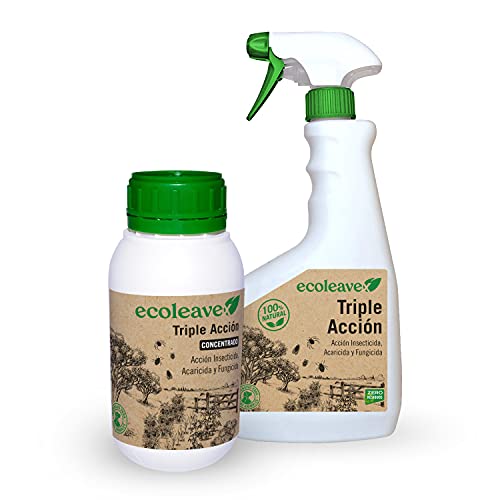

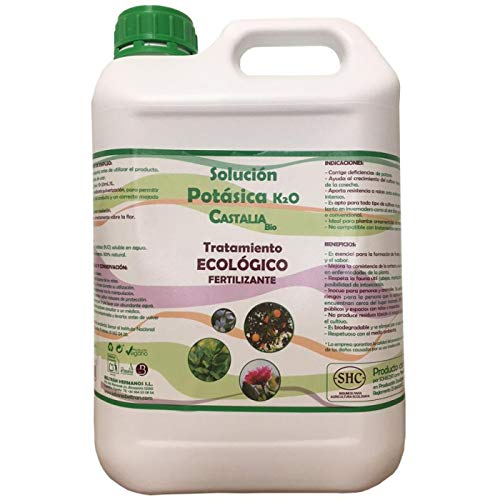
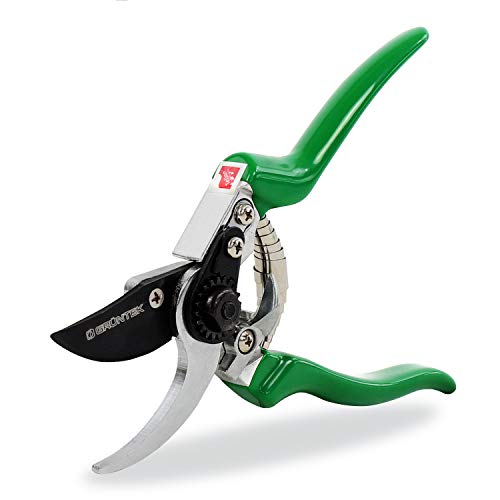
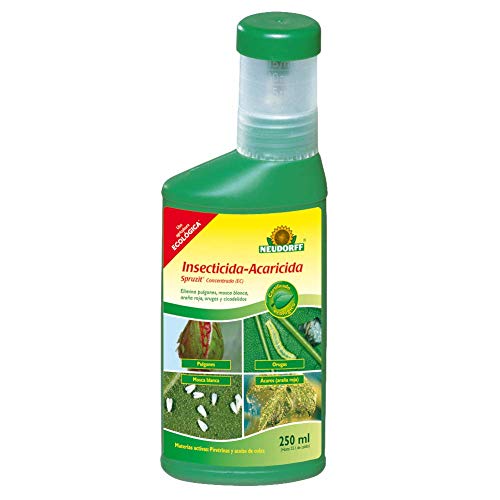
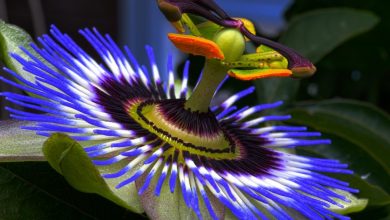

![Photo of Kalanchoe cuttings: [Grafts, Time, Rooting and Planting]](https://www.complete-gardening.com/wp-content/uploads/2022/08/kalanchoe-cuttings-grafts-time-rooting-and-planting-390x220.jpg)
![Photo of Vacanita de los Melonares (Epilachna chrysomelina): [Characteristics, Detection, Effects and Treatment]](https://www.complete-gardening.com/wp-content/uploads/2022/08/vacanita-de-los-melonares-epilachna-chrysomelina-characteristics-detection-effects-and-treatment-300x220.jpg)